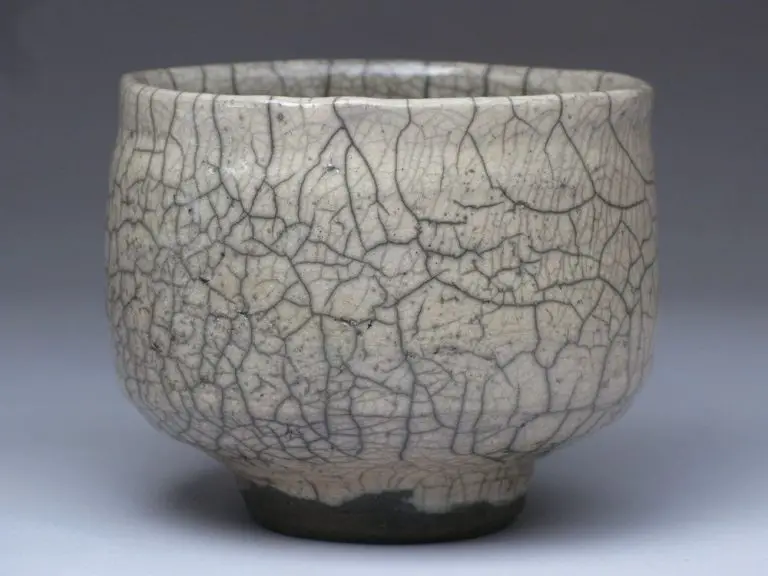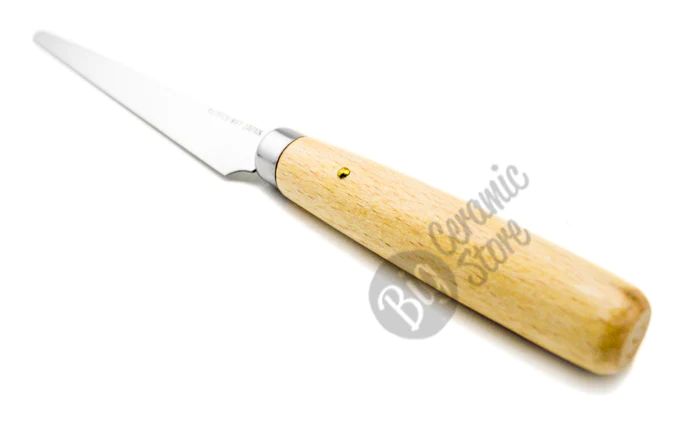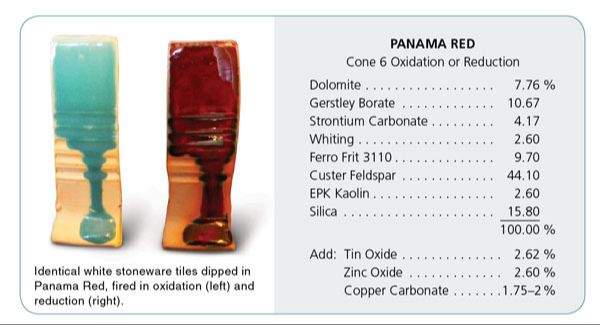Can Ceramic Pieces Be Repaired?
Ceramic pieces that become damaged or broken do not necessarily need to be thrown away and replaced. In many cases, cracked, chipped, or broken ceramic items can be repaired through careful mending techniques. Repairing ceramics rather than replacing them is often desirable for sentimental, economic, and environmental reasons. Ceramic materials like porcelain, stoneware, and terra cotta can develop cracks and fractures from impacts or stresses over time. But specialized adhesives and creative repair techniques allow many ceramic objects to be restored to a structurally sound and aesthetically pleasing state.
With some time and effort, damaged ceramic pieces can be given new life through repair. Skilled ceramic artists or hobbyists can mend cracks, fill missing sections, smooth rough edges, recreate damaged paint or glaze work, and protect repaired areas. When done properly, ceramic repairs can return broken objects to a fully functional state or preserve them as keepsakes. The repair process requires patience and care, but can be deeply rewarding by saving cherished ceramic items from the landfill.
Assessing the Damage
The first step in repairing ceramic pieces is to thoroughly inspect the damage. Carefully look at the type and extent of damage. Common types of damage include cracks, chips, missing pieces, discoloration, and scratches or scrapes on the glazing.
Hairline cracks are very fine cracks in the ceramic that may not penetrate deeply. Larger cracks that split all the way through the piece or from edge to edge are more serious. Chips can range from small nicks to large missing sections. Note the size and location of any chips. Also assess whether any pieces have broken off completely and are missing.
It’s important to determine how severe and extensive the damage is to decide if the piece can be repaired or not. Minor chips, cracks, and scratches can often be fixed. But major damage like multiple fragments, large missing sections, or cracks splitting the ceramic into separate pieces may be beyond repair. Assessing the damage helps determine the materials and techniques needed for repairs (Briglin).
Gathering Materials
The two main types of adhesives used for ceramic repair are super glue (cyanoacrylate) and epoxy. Super glue provides a quick, strong bond and is a good choice for smaller repairs on items that won’t undergo high heat or heavy use. Gorilla Super Glue is a top rated brand for ceramic repairs according to BobVila.com (https://www.bobvila.com/articles/best-glue-for-ceramic/).
For more heavy duty repairs, epoxy is the best choice. Epoxy creates a very strong, rigid bond that stands up to heat and daily use. Leading epoxy brands recommended for ceramic and porcelain repairs include J-B Weld ClearWeld Quick Setting Epoxy and Loctite Epoxy Extra Time. Epoxy is ideal when there are gaps to fill or missing pieces in the repair (https://www.loctiteproducts.com/en/know-how/fix-stuff/porcelain-glue-the-best-adhesive-for-fragile-repairs.html).
When gathering materials, make sure to have toothpicks, popsicle sticks or tweezers to apply a small amount of adhesive. Tape can also be used to hold pieces in place as the glue dries.
Cleaning the Pieces
Before repairing broken ceramics, it is important to properly clean the pieces. This helps remove any loose material or debris that could interfere with the repair. According to the Ceramic Arts Network, you should start by removing any loose pieces with tweezers or careful scraping. Use a soft brush to gently remove any dust or debris from the break.1
Next, clean the broken edges using solvents like acetone or denatured alcohol applied with a cotton swab. Take care not to soak or scrub too hard, as this can damage the piece further. The solvents help remove any oils, grease, or grime so the repair materials can properly adhere. Let the pieces air dry fully before moving to the next steps of repair.2
Applying Adhesive
When applying adhesive to the broken ceramic pieces, it’s important to use an even, thin layer according to the recommendations for the specific product. As noted in the Loctite guide, apply a small drop of glue and use a toothpick to spread it out evenly in a thin film [1]. Avoid using too much glue or uneven globs. Carefully position the pieces together and then clamp them tightly with clamps or elastic bands to hold in place as the glue sets.
Filling Gaps
If there is a missing piece of the ceramic item, the gap will need to be filled in for structural integrity and aesthetics. According to Lakeside Pottery, one of the best filler materials to use is a ceramic filler powder combined with an acrylic polymer liquid[1]. The ceramic powder should match the color of the piece as closely as possible. A polymer clay specifically formulated for ceramic and pottery repair can also be used to fill gaps[2].
Shape the polymer clay into the missing area and use sculpting tools to blend it into the surrounding ceramic. Let it dry fully before sanding and smoothing. The key is to use a filler material that is as close of a color match as possible and malleable enough to sculpt into the proper shape.
[1] https://www.lakesidepottery.com/Pages/Pottery-tips/How-to-fill-large-hole-pottery-china-ceramic-step-by-step.htm
[2] https://www.amazon.com/ceramic-repair-filler/s?k=ceramic+repair+filler
Smoothing and Sanding
Once the adhesive has fully cured, it’s time to smooth down the repair. Start by filing down any excess adhesive that has squeezed out of the joint or gaps. Use a nail file, sanding stick, or emery board to gently file away the extra material until the surface is flush with the piece (1). Work carefully around repaired chips or missing sections to blend the fill into the surrounding area.
Next, smooth the repair with progressively finer sandpaper, starting with 180 or 220 grit and working up to 400 or 600 grit. Sand gently in small circles to remove any remaining bumps or ridges from the adhesive (2). Avoid sanding into the unrepaired ceramic, which can scratch the glaze. Instead, focus only on the filled area.
Inspect the repair and continue sanding until the adhesive blend is imperceptible. The seam should be smooth and even with the surrounding ceramic. For repairs across large sections, use a sanding sponge for more control. Finishing with a fine sanding sponge or ultra-fine steel wool will leave a satin smooth surface.
Be sure to clean away all sanding dust between grits. Wipe the ceramic with a dry cloth or use a brush to prevent scratches. Once sanding is complete, wash the piece with soap and water. When thoroughly dry, it’s ready for coloring, painting, and protective coatings to hide all signs of repair.
Coloring and Painting
Once the adhesive has fully cured, the next step is to match the original colors and patterns on the ceramic piece. Start by looking closely at the undamaged areas of the piece and identify the colors used. Ceramic paints made specifically for glazed ceramics will adhere best for coloring repaired areas.
If matching intricate patterns, trace the designs onto paper and practice painting them first before attempting on the actual piece. Thin layers of paint are easier to control. Let each layer dry fully before adding another. Use a soft brush and light strokes of color to blend repaired areas into the original decoration.
Refer to reference images to reproduce any text or designs. Some colors like skin tones can be challenging to match perfectly. Start with a base of white and mix in small amounts of yellow, red, brown, or blue to get the right hue (https://www.lakesidepottery.com/Pages/Pottery-tips/painting-coloring-repaired-ceramic-sculpture-tutorial.htm).
With careful color matching and brushwork, repairs can become nearly invisible. Always work slowly and check against the original as the paint is built up. Minor touch ups can also disguise small chips or flaws. Use a tiny brush to dab ceramic paint over any imperfections that remain after smoothing (https://abeautifulmess.com/how-to-touch-up-painted-ceramics/).
Protective Coatings
After the repair is complete, it’s important to seal it with a protective coating to prevent future damage. Water can seep into cracks and cause the adhesive to fail, so a waterproof finish is essential. Clear sprays like polyurethane or epoxy resin create a durable, transparent barrier.
For repairs on ceramic cookware or tableware, it’s best to use a food-safe ceramic coating. These specialty sprays are non-toxic when fully cured and can withstand heat. Apply 2-3 thin, even coats to maximize protection. Let dry completely between coats.
Outdoor ceramic repairs like garden pots or sculptures require coatings that resist weathering. Urethane or epoxy paints provide a flexible, abrasion-resistant finish. For natural stoneware, select tinted sealers to maintain the original look.
Always read the product instructions carefully and ensure proper ventilation during application. Once cured, the protective coating locks the repair in place for lasting durability and beauty.
Caring for Repairs
Ceramic repairs require gentle care and handling to prevent the repaired areas from re-breaking. According to the Canadian Conservation Institute, repairs are an important part of an object’s history and should be treated with care1.
It is best practice to hand wash repaired ceramics using a gentle detergent in warm water. Avoid submerging the object in water or subjecting it to high water pressure. Carefully wipe clean with a soft cloth or sponge. Allow the object to fully air dry before handling.
Handle repaired ceramics gently to avoid placing stress on repaired joints and fill areas. Avoid knocking, bumping or banging the object. Store repaired ceramics securely by padding with cloth or foam to prevent shifting. Avoid stacking other objects on top of repaired ceramics.
With proper care and handling, repaired ceramic objects can remain intact for many years, preserving their inherent beauty as well as the important restoration work.





